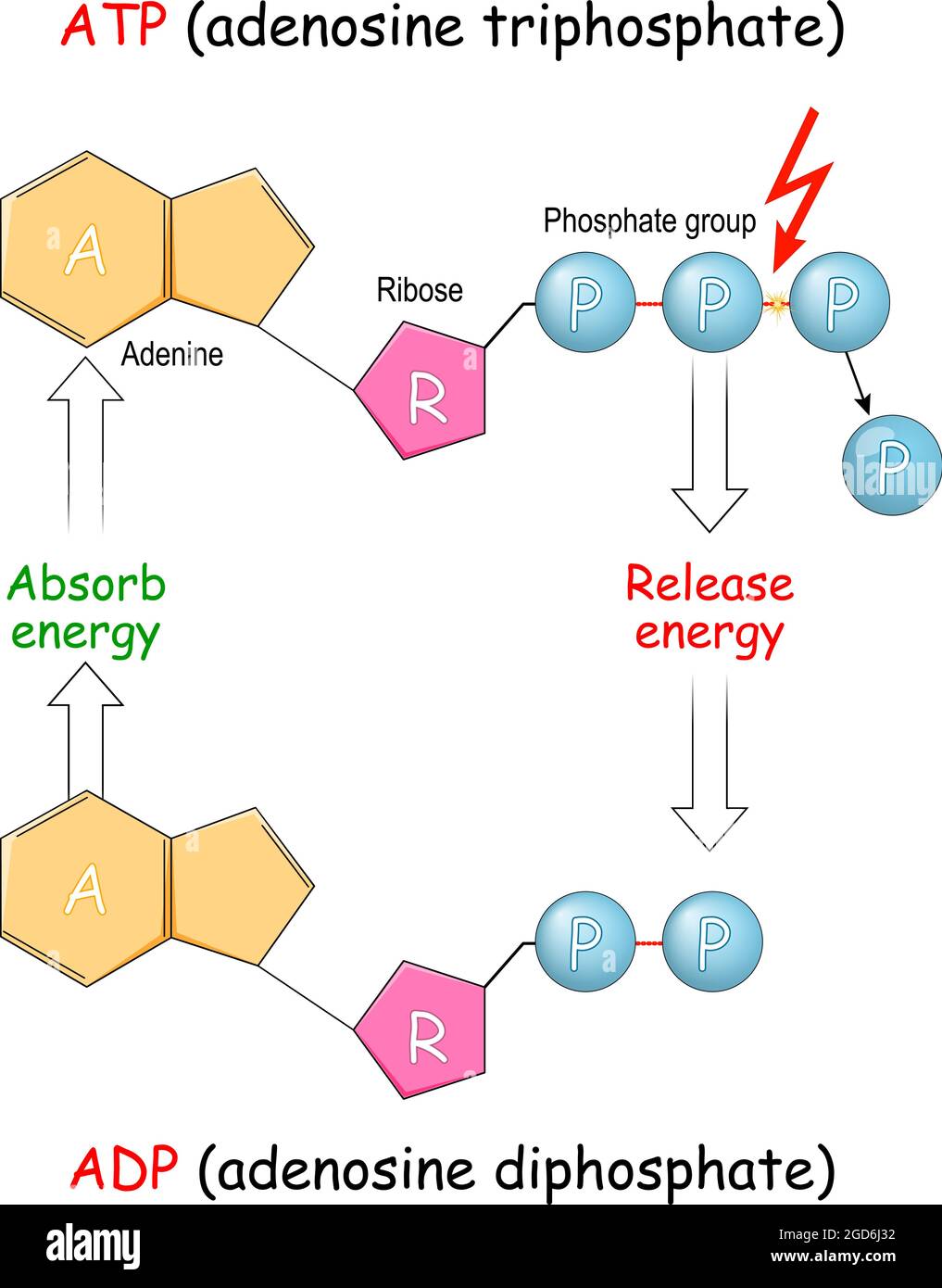The ATP-ADP Cycle: How Cells Store and Release Energy
Adenosine triphosphate (ATP) is the primary source of energy for many cellular processes. It is produced through the breakdown of glucose and other nutrients in the body, and it can be converted back into its precursors, adenosine diphosphate (ADP) and inorganic phosphate (Pi), when energy is needed. This process, known as the ATP-ADP cycle, or adenylate energy charge (AEC) cycle, is essential for the proper functioning of cells.
The ATP-ADP cycle consists of two main stages: ATP synthesis and ATP hydrolysis.
ATP synthesis occurs in the mitochondria of cells and is powered by the energy released from the breakdown of glucose and other nutrients. In this process, ADP and Pi are combined to form ATP.
ATP hydrolysis occurs in the cytoplasm of cells and involves the breakdown of ATP into ADP and Pi, releasing energy that can be used to power cellular processes. This process is triggered by enzymes called ATPases.
The ATP-ADP cycle allows cells to store and release energy as needed, enabling them to perform a wide range of functions. The cycle is constantly in motion, with ATP being produced and broken down in a continuous cycle to provide energy for the cell.
Overall, the ATP-ADP cycle is essential for the proper functioning of cells and the maintenance of life. It enables cells to store and release energy as needed, powering the many processes that keep us alive and healthy."

Comments
Post a Comment